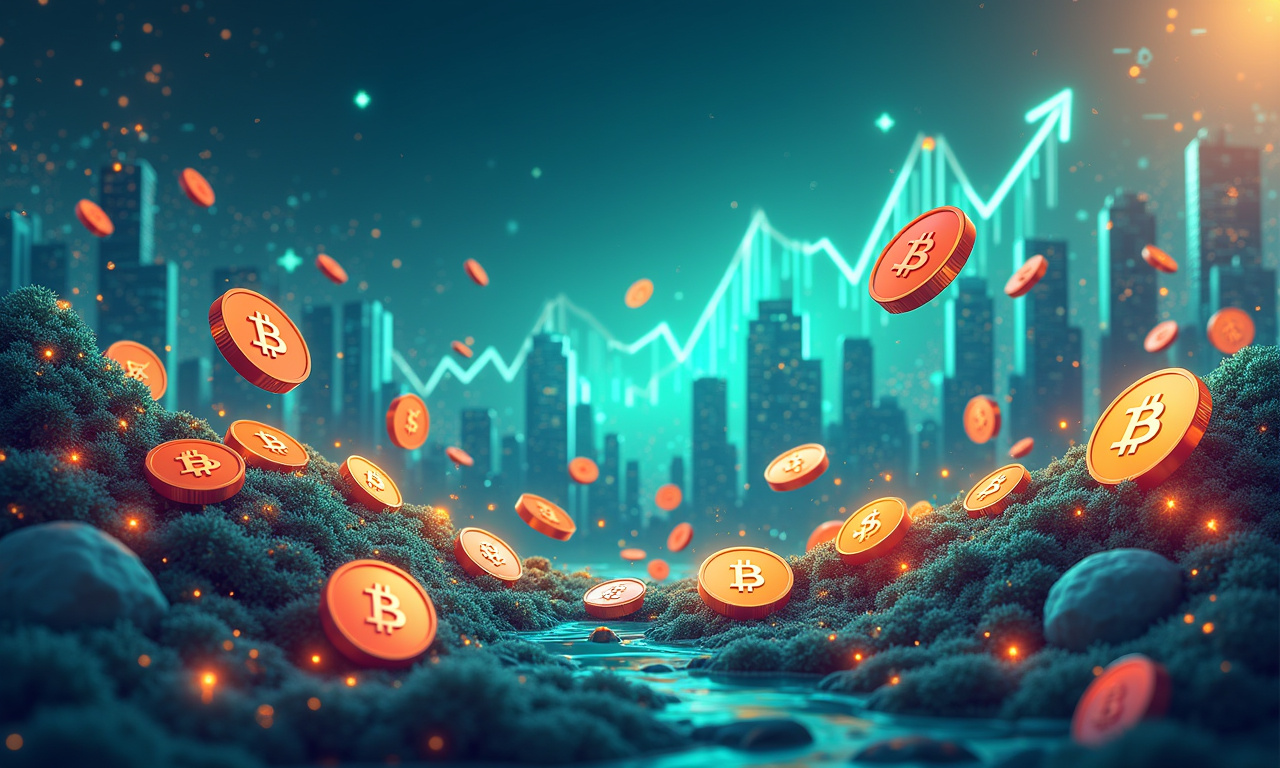Yes, the headlines are screaming it: NFTs are making a comeback! According to Phoenix Group’s data, Bored Ape Yacht Club #7940 sold for $2.34 million and CryptoPunk #1563 sold for $1.91 million. CryptoPunks dominated the top sales. Before you dive back into the (NFT) pool, let’s hose down those prospects with some cold water and hard truth. This isn’t a glorious homecoming, but rather a hallucination reflected off the heat wave rolling across the blockchain wasteland.
Million Dollar Sales Mask Deeper Ills
After all, those multi-million dollar sales figures for BAYC and CryptoPunks do sound impressive. They’re the opposite of the impact of a single mega-mansion sale in a neighborhood peppered with foreclosures. They aren’t indicative of the long-term health of the market.
Let's talk numbers beyond the splashy headlines. What about the overall transaction volume? Is this increase genuine and significant when compared to the last few months? Or is it just a short-term jolt caused by a one-off stimulus? I'd wager it's the latter. We want to see sustained growth, not just a few whales flailing around.
And who are these buyers? Are they new entrants bringing new capital with them, or the same default class shuffling their cohorts? If it is the latter, then it isn’t organic growth. Instead, it’s all just musical chairs with jpegs that are getting ever more promisingly pricy. Look at the unique buyer data. A truly healthy market requires widespread participation, not just the few large spenders setting the narrative.
We all must be careful of narratives that are marketed to us by big, centralized players. They are far better equipped to twist the facts to suit their agenda. This isn’t to imply that Phoenix Group is deliberately lying to anybody, but as a general rule, always vet the source and the motivation behind it.
Wash Trading's Lingering Shadow
Let's talk about the elephant in the digital room: wash trading. It's the open secret of the NFT world, and it's far from gone. How do we know that these sales aren’t fakes? Or are certain wallets orchestrating their purchases and sales to manipulate prices and make things look like there’s demand when there isn’t?
It's incredibly difficult to prove, but the telltale signs are often there: rapid-fire transactions between related wallets, suspiciously high prices for relatively unremarkable NFTs, and a general lack of organic interest. As always, don’t believe the hype – make sure to conduct your own due diligence. Look for suspicious transaction history, suspicious behavior in wallets, and just look at the numbers and say, does this make sense.
Here is where the promise of decentralization runs headlong into the harsh reality of human behavior. Unscrupulous actors have the Wild West of No Regulation, which is both a boon and a bane for the ecosystem. As magnificent as the dream of a truly decentralized marketplace may be—we all want that future—there’s no substitute for staying awake and being skeptical.
What's Fueling This Apparent Resurgence?
A few potential catalysts:
- New Partnerships: Perhaps a major brand has announced a collaboration with a prominent NFT project, generating renewed interest.
- Celebrity Endorsements: A celebrity jumping on the bandwagon can create a temporary surge in demand.
- Market Sentiment: The overall sentiment in the crypto market can influence NFT prices. A rising tide lifts all boats, even those with holes in the hull.
Here's the crucial question: are these factors sustainable? I doubt it. Celebrity endorsements are notoriously mercurial, partnerships are built on sand, and market sentiment is more unpredictable than the stock market. Avoid making your investment strategy based on the next shiny object.
The truth is, NFTs are largely an incredibly speculative asset class. They’re volatile, illiquid, and ruled by regulatory uncertainty. Remember the gold rush? Few made their fortune; most sold shovels.
| Risk | Description |
|---|---|
| Volatility | NFT prices can fluctuate wildly, leading to significant losses. |
| Illiquidity | It can be difficult to find a buyer for your NFT when you want to sell. |
| Regulation | The regulatory landscape for NFTs is still evolving, creating uncertainty. |
| Wash Trading | Artificially inflated prices due to manipulated trading activities. |
| Market Manipulation | Coordinated efforts to pump and dump NFT prices. |
Caution: Open Mind, Critical Eye
Look, I'm not saying NFTs are dead. I'm saying don't believe the hype. Go into the market with a healthy level of skepticism. As with any investment, conduct your own diligence and prepare for the risk of total loss of any investment.
Those multi-million dollar sales are a blip, not a trend. They’re a stark reminder that the NFT market is still very much a wild west, with great opportunity and great peril. Stay informed, stay vigilant, and stay grounded.
The future of NFTs depends on building real utility, fostering genuine communities, and creating sustainable business models, not just chasing fleeting hype cycles. Only then we will experience a real revival and not a flash in the pump.




